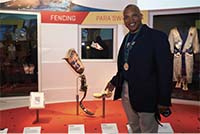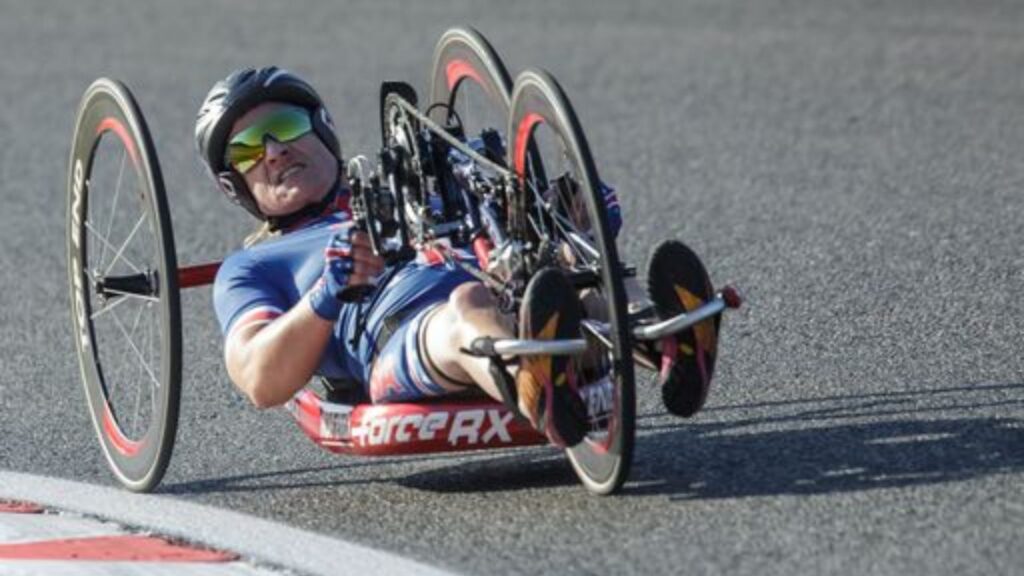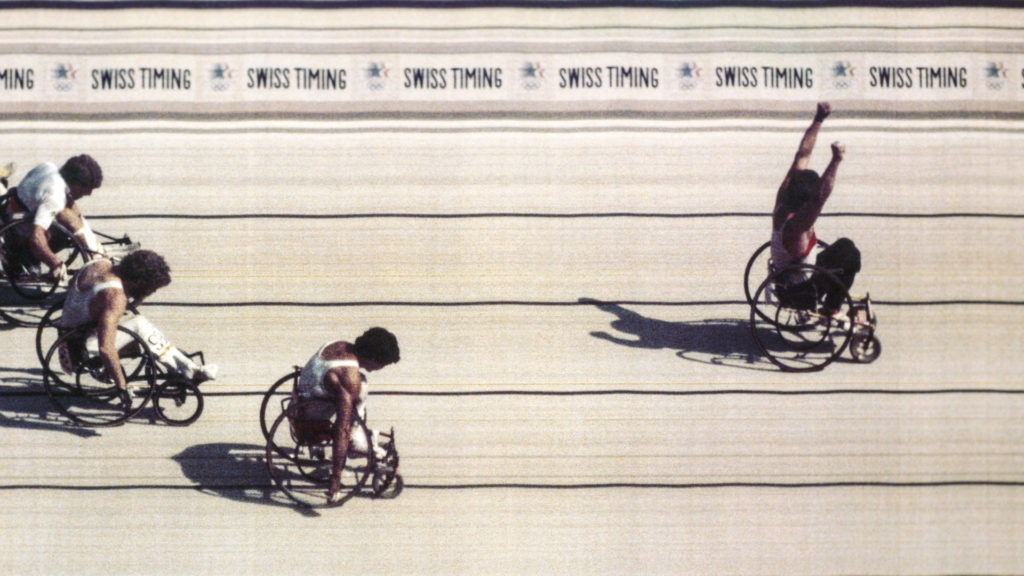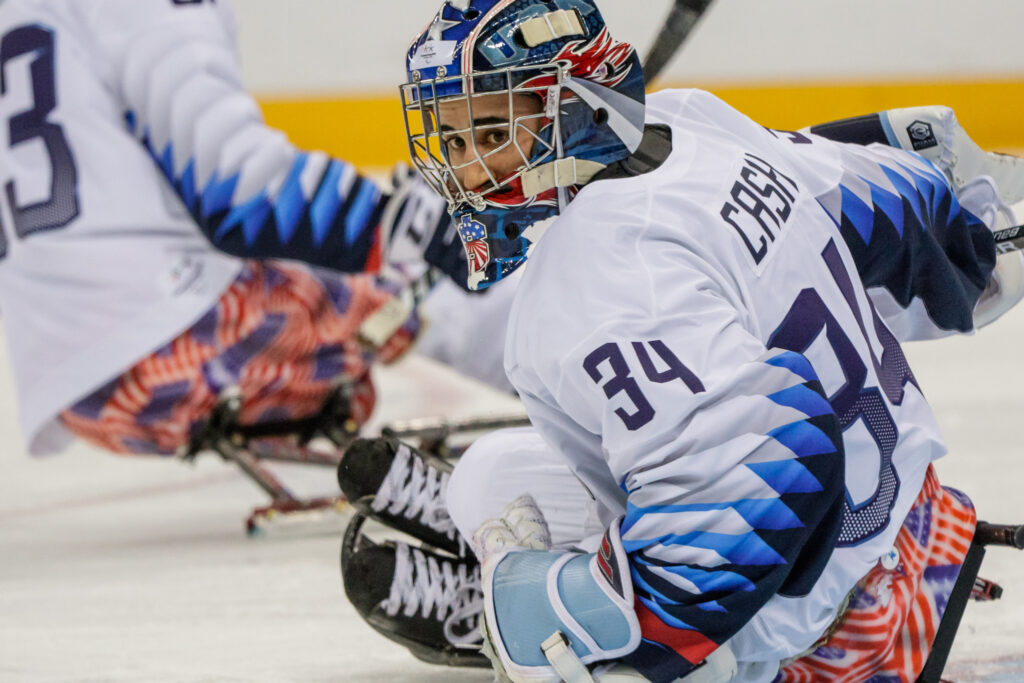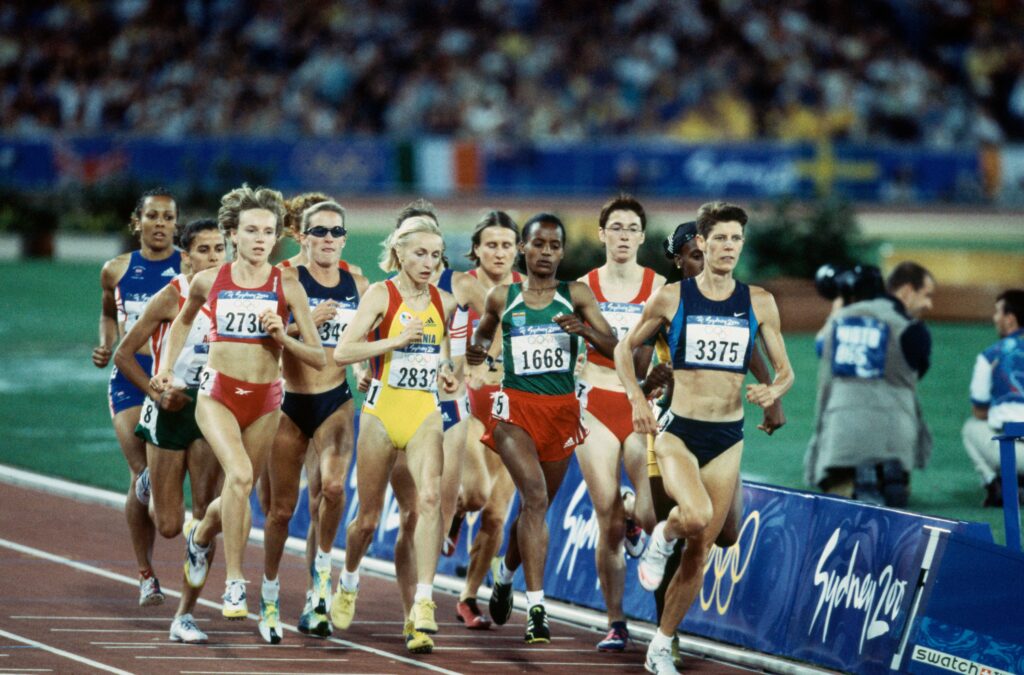Ralph Boston had set a national high school record in the 180-yard hurdles and won an NCAA championship in the long jump, but as of August 1960 he was still a relatively unheralded athlete from a small Mississippi town — even though he had already qualified to be part of the U.S. Olympic Team for the Rome 1960 Olympic Games. Boston lived in relative anonymity.
But on this night, Boston flung his body through the air during a tuneup meet on a Southern California night.
Then Boston landed. Officials emerged to measure his long jump: 26 feet 11 ¼ inches! It was a new world record, breaking the former mark set by the great Jesse Owens 25 years previously.
“Suddenly people recognized me,” Boston told the Mississippi Sports Hall of Fame and Museum in 2012. “Before that night nobody outside of Laurel, Mississippi, knew who I was and the people in Laurel knew me as Hawkeye Boston, not Ralph Boston.”
One month later at the Rome 1960 Games, Boston struck Olympic gold, with a winning jump of 26 feet 7 ½ inches to edge countryman Bo Roberson by one centimeter.
“That was a day that I guess ‘changed my life’ is a good phrase. Appropriate,” Boston said 50 years later. “You think about how a life has changed and how life changed and how things have happened since then.”
In 1961, Boston became the first long jumper to break the 27-foot mark. He took the silver medal in the Tokyo 1964 Olympic Games and bronze at the Mexico City 1968 Olympic Games. But perhaps his most noteworthy contribution to the Mexico City 1968 Olympic Games was coaching fellow American Bob Beamon. Boston noticed that Beamon’s steps were off as he fouled on his first two attempts and gave the younger jumper some advice. The result was Beamon’s world-record jump of 29 feet 2 ½ inches.



